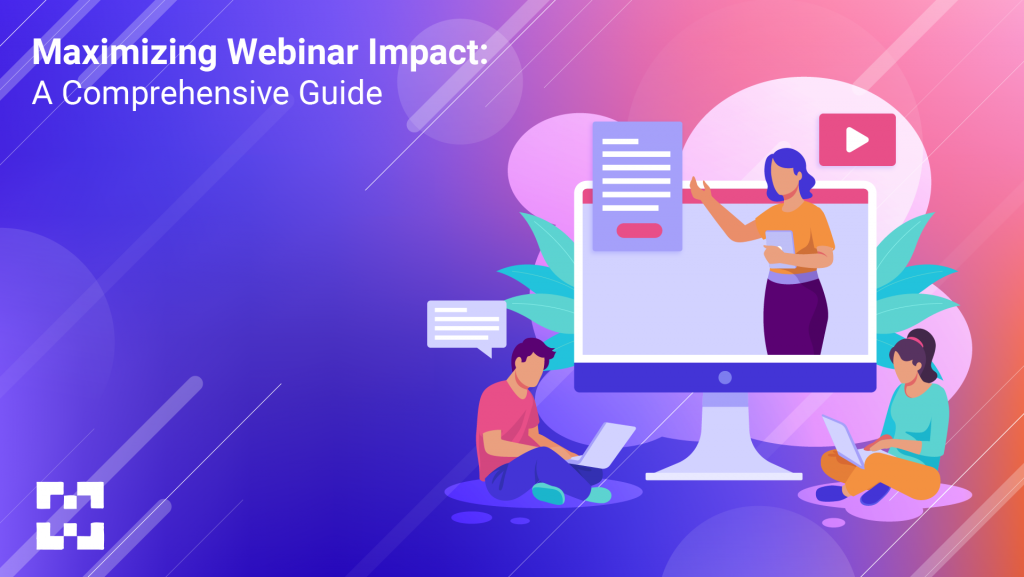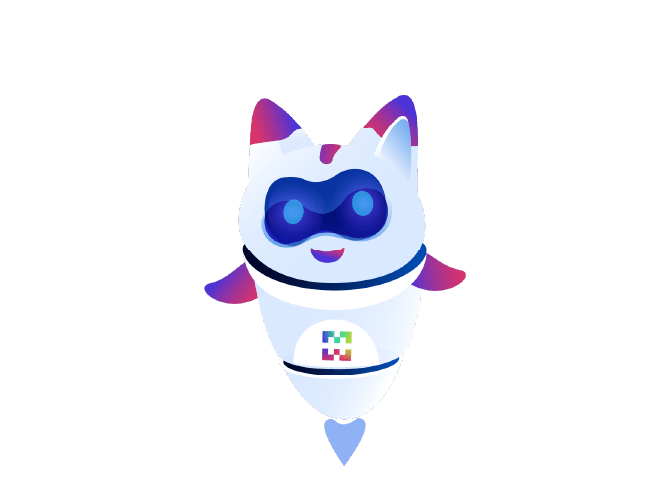
In today’s business landscape, webinars have become indispensable tools for engaging potential customers, elevating brand visibility, and showcasing expertise. They offer a unique platform to educate, inform, and entertain while bolstering brand reputation. However, before launching into a webinar, it’s crucial to meticulously identify and target the right audience.
The success of any webinar strategy hinges on audience engagement rather than sheer numbers. While a large audience may seem enticing, it’s the depth of engagement that ultimately translates into higher conversion rates and sales. To achieve this, it’s imperative to delve into the intrinsic and extrinsic motivations of your target audience.
Understanding Audience Motivations:
Extrinsic motivations encompass external factors that drive individuals to take action or change their circumstances, while intrinsic motivations delve into internal desires and satisfaction. By dissecting these motivations, you gain insights into your audience’s challenges, aspirations, and emotional triggers.
Crafting a compelling webinar necessitates a deep understanding of these motivations. By leveraging frameworks like the Jobs To Be Done (JTBD) and the StoryBrand framework, you can gain invaluable insights into your audience’s needs and desires.
The JTBD Framework:
The JTBD framework shifts the focus from product features to addressing the specific problems and needs of your audience. By understanding the job your audience needs to accomplish, you can tailor your webinar to resonate with their objectives and challenges.
Define your target audience using the JTBD theory by uncovering:
The specific challenges your audience faces.
The outcomes they aim to achieve.
The obstacles hindering their success.
How your product/service can alleviate these challenges.
The Story Brand Framework:
The StoryBrand framework emphasizes understanding the internal frustrations and desires of your audience. By tapping into their emotions, you can create a webinar that not only addresses their external challenges but also resonates with their internal aspirations.
Define your target audience using the StoryBrand theory by exploring:
How your audience feels about unresolved challenges.
Their emotional state upon achieving desired outcomes.
Key Steps to Define Your Webinar Audience:
Commence with Customer Data:
Gather insights from various sources such as CRM systems, social media, surveys, etc., to construct accurate buyer personas.
Construct Ideal Customer Profiles (ICPs) and Buyer Personas:
Develop profiles that highlight organizational attributes as well as individual motivations and purchase behaviors.
Segment Your Target Audiences:
Segment your audience based on relevant criteria to enhance clarity and targeting effectiveness.
Targeting Your Webinar Audience:
Create a webinar schedule focused on buyer preferences.
Reach your audience through familiar channels.
Personalize your outreach and follow-up to build trust.
Engage your audience during the webinar with interactive tactics.
Align your strategy with your sales team for seamless lead conversion.
Solicit audience feedback to refine targeting strategies.
In Conclusion:
Webinar success transcends audience size and requires a nuanced understanding of audience motivations. By employing targeted strategies informed by frameworks like JTBD and StoryBrand, you can create impactful webinars that drive meaningful engagement and ROI.
Elevate your webinar strategy with HuddleXR, empowering you to deliver the right message to the right audience at the right time. With HuddleXR, unlock revenue-generating opportunities through robust promotional tools, engagement features, and conversion tactics. Request a demo today and embark on a journey towards hosting impactful webinars that deliver substantial ROI.





